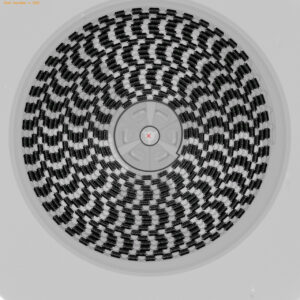What is SMT reel?
SMT stands for Surface Mount Technology.SMT reel is a spool of material, usually made of plastic or cardboard, that is used to hold and dispense a material such as a wire, cable, or component. In the context of SMT, a reel is often used to hold and dispense components that are used in surface mount assembly, such as surface mount resistors, capacitors, and integrated circuits. These components are placed on the surface of a printed circuit board (PCB) using a pick and place machine, and are then soldered onto the board using a reflow oven or a wave soldering machine. Reels are used to store and dispense these components in a way that allows them to be easily picked up and placed onto the PCB by the pick and place machine.
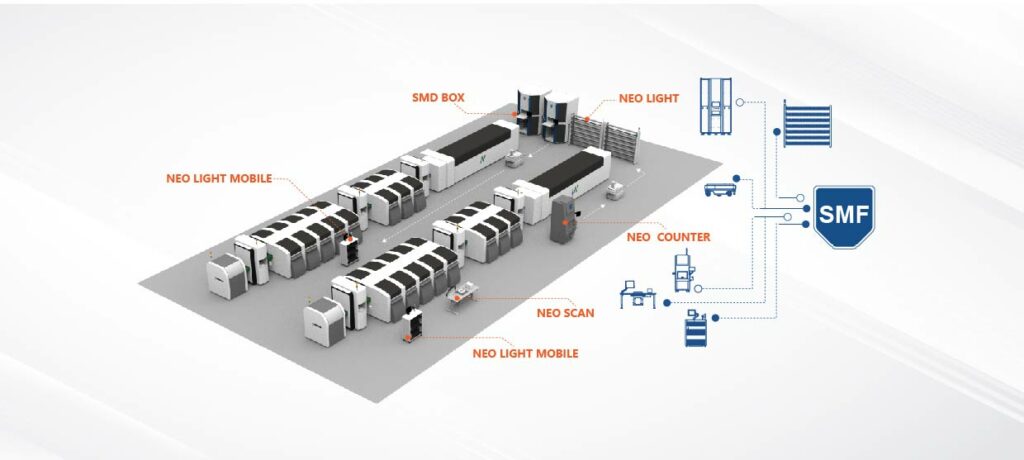
5 things about SMT reel you need to know
- SMT reels are used to store and dispense surface mount components during the assembly process.
- Reels help to keep components organized and allow them to be easily picked up and placed onto a PCB by a pick and place machine.
- The size and capacity of an SMT reel can vary depending on the type and size of the components it is used to hold.
- It is important to properly maintain and handle SMT reels in order to prevent damage to the components and ensure that they are correctly positioned on the PCB.
- Using the wrong type of reel or improperly handling a reel can lead to assembly errors, which can result in defective products and costly rework.
Reel Material
The reel is made of polystyrene (PS) plastic material and topically coated with ESD material. • The carrier tape is made of standard polycarbonate or polystyrene materials. • The cover tape is made of polyester material. • The cover tape uses pressure sensitive or heat activated adhesive.
Cover Tape Peel Strength The force required to peel off the cover tape from the carrier tape will fall within the range of 10 grams to 130 grams at a peeling speed to 300 mm per minute. This complies with the EIA standard.
ESD
ESD, or Electrostatic Discharge, is important for SMT components because these components are sensitive to damage from electrostatic discharge. When an electrostatic discharge occurs, it can cause damage to the delicate components and circuits within an electronic device, leading to malfunction or failure. This is particularly a concern with SMT components, which are small and have a high density of components packed into a small area, making them more vulnerable to damage from ESD.
To protect against ESD, it is important to follow proper ESD prevention practices when handling and assembling SMT components. This may include using ESD-safe workstations, wearing ESD-safe clothing and wrist straps, and handling components using ESD-safe tools and equipment. Failure to follow proper ESD prevention practices can result in damage to components and costly rework or product defects.
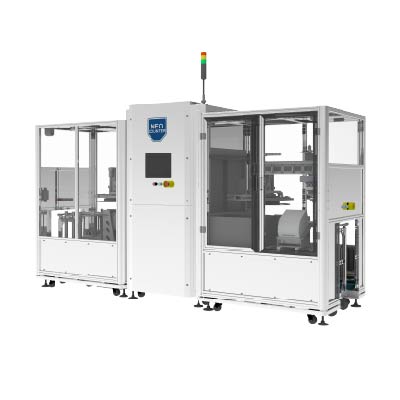
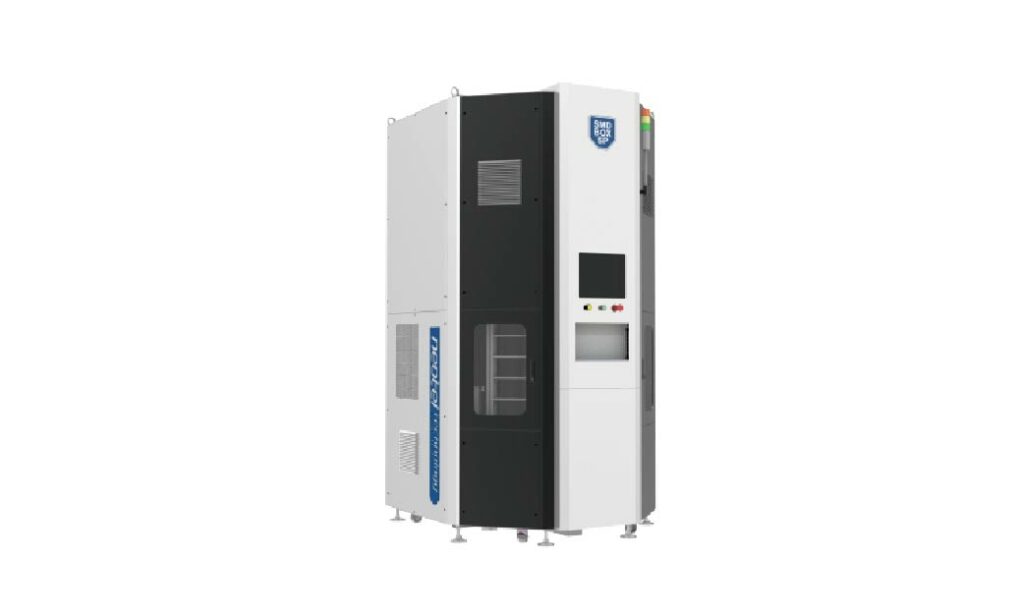
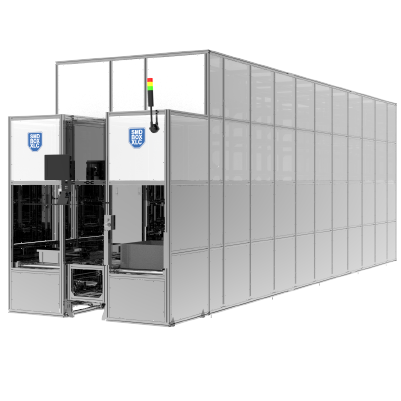
Standards for SMT reel/tape
- JEDEC Standard J-STD-033: This standard specifies the requirements for the tape and reel packaging of surface mount devices. It includes specifications for the dimensions of the tape, the pitch of the components on the tape, and the dimensions of the reel.
- IPC-D-356: This standard specifies a common data exchange format for the transfer of data between manufacturers and users of surface mount devices. It includes requirements for the representation of data on tape and reel packaging.
- EIA-481: This standard specifies the requirements for the mechanical and dimensional characteristics of surface mount devices. It includes specifications for the dimensions of the tape and the pitch of the components on the tape.
- IPC/JEDEC J-STD-609: This standard specifies the requirements for the handling, packing, and shipping of surface mount devices. It includes guidelines for the labeling of tape and reel packaging, as well as requirements for the storage and handling of reels to prevent damage.
- IPC-7095: This standard specifies the requirements for the design and documentation of surface mount printed board assemblies. It includes guidelines for the representation of surface mount components on assembly drawings, including those on tape and reel.
- IPC-7525: This standard specifies the requirements for the qualification and performance of surface mount adhesives. It includes guidelines for the selection, use, and testing of adhesives used in the assembly of surface mount devices.
- IPC-A-610: This standard specifies the requirements for the acceptability of electronic assemblies. It includes guidelines for the inspection of surface mount assemblies, including those on tape and reel.

